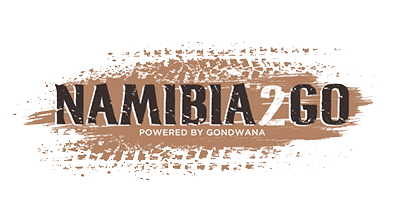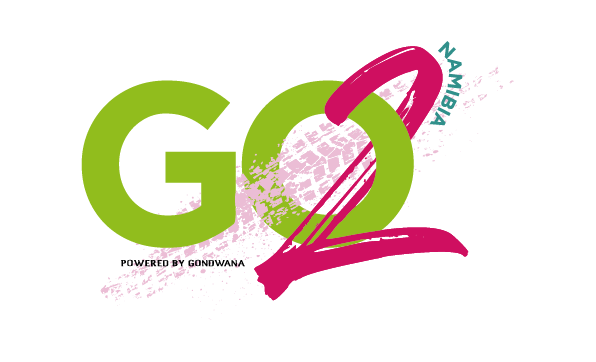One of my favourite day trips from Swakopmund is the short loop to the Moon Landscape viewpoint and down towards the desert oasis of Goanikontes.
The place has always fascinated me, as oases in the desert always do, and I wondered about the history of the place. A while back, manager Dirkie Baard filled me in about its rich past as we sat at a table outside the quaint 1907 farmhouse. Birds flitted between the tamarisk, ana and camelthorn trees, nourished by the underground water of the Swakop River. The story of this interesting oasis unfolded.
Going way back in time, it was one of the last watering holes as you neared the coast and Goanikontes’ seven springs attracted OvaHerero and Nama travellers, who would stop to water their animals.
The name is a mystery although some say that it is derived from the Nama words ‘#Goande//huidas’, meaning the place where overcoats were taken off – referring to the time when ox-wagons ventured from the Kuiseb River making their way upcountry. When they reached Goanikontes and the temperatures rose, they were quick to shed their heavy coats.
The first permanent family to settle at Goanikontes was the Dixon family in 1849. The farm served as a cattle post during this time. Peter Dixon and his partner, Thomas Morris, had a trading company in Walvis Bay and bought cattle from the OvaHerero to export to the island of St Helena.
Intriguing anecdotes pop up from this period and we are left wondering if there is any truth to them or if they are fabrications embroidered over time. One such tale relates that the Dixon family eventually left because there was a lion which was never more than twenty yards away from the main house. Peter Dixon, as a cattle trader, couldn’t spend much time at home with his wife. At night the lion would be on the porch. When Peter returned from a trip one day and found the lion prowling around, he realised it was too dangerous to live there and the family moved to the Kuiseb River, near Walvis Bay, about 75km away. To their surprise the lion followed.
The Hrabovsky family farmed at Goanikontes from 1911 and the farm remained in the family until 1979. They were big farmers and built water canals for irrigation, growing all the fresh produce for Walvis Bay and Swakopmund. As the story goes, Aladar Hrabovsky was on his way by ship from Hungary to German East Africa when the ship stopped over in Swakopmund. After a night of partying, he decided not to board the ship again the following morning. His wife soon joined him. She was known to bake the finest Viennese cakes and brought a touch of Austria to the Swakop valley.
“Goanikontes was a hub for everyone at the coast,” Dirkie explained, “and it played a large role in the development of Walvis Bay and Swakopmund. The riverbed was the main road inland. Travelling at night in the riverbed was dangerous because of the large herds of buffalo, which could easily destroy your ox-wagon.” Later on, the Baaiweg (or Bay Route) on the plateau was used, providing passage through the desert. Goanikontes was a popular grazing and watering spot between Walvis Bay and Windhoek until the railroad was built in 1912. After the Hrabovsky family sold the farm, it was passed along a string of owners, who built the bungalows and opened the restaurant. The Baard family took it over in 2018, renovating and enlarging the restcamp, which attracts locals and tourists alike for Sunday braais, lunches and coffee and cake.
Driving back past the 1907 checkpoint that demarcated the boundary of the former British enclave of Walvis Bay and the German colony, I left the place where the desert turns green and climbed out of the valley and up to the Moon Landscape viewpoint were the tawny colours of the desert spread before me in sublime magnificence. I breathed it all in as I made my way to the coast, donning my coat as I returned to the Swakop mist.


.png)
.jpg)
.jpg)




.png)

SUBMIT YOUR COMMENT